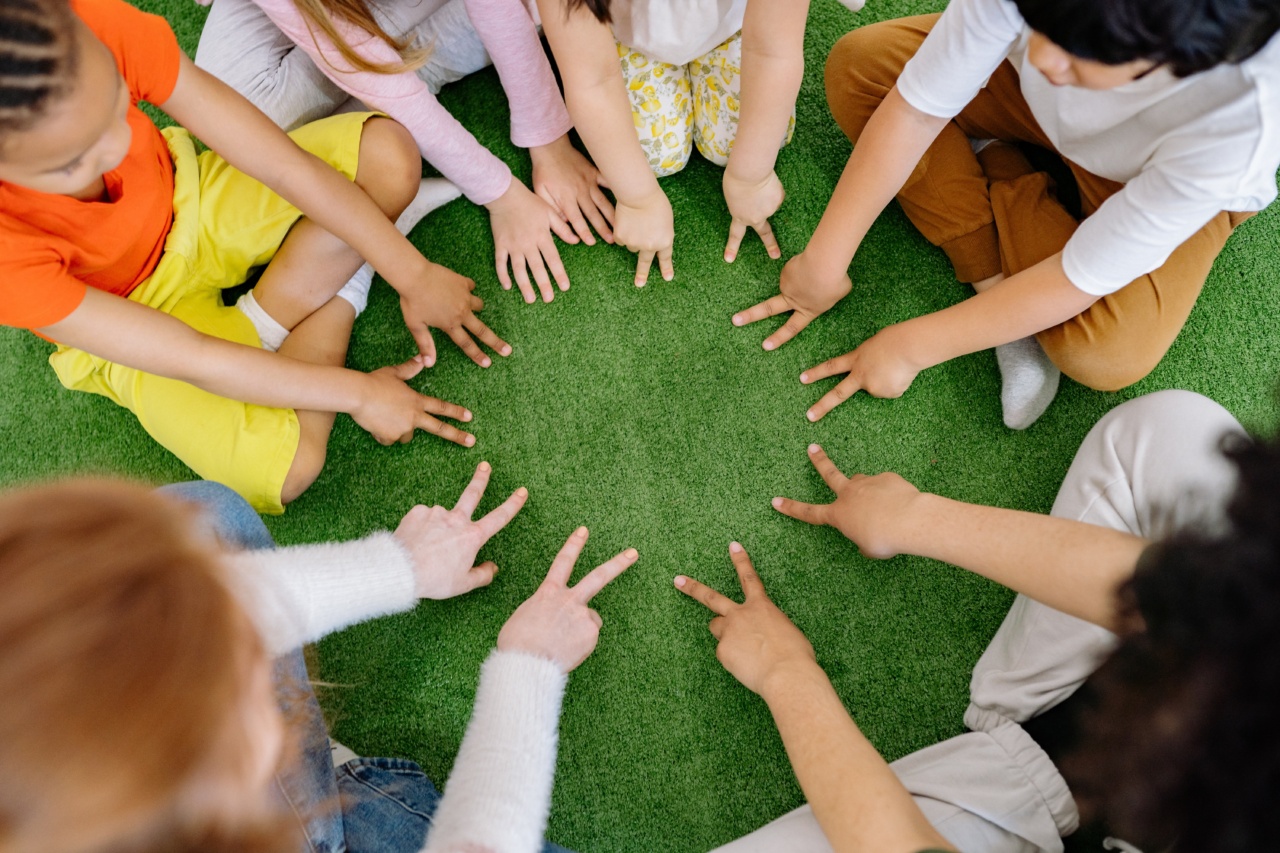Violence is a pervasive issue that affects people of all ages, including young children. While we often hear about violence through the lens of adults, it is crucial to understand the impact it has on elementary students.
These young minds are especially vulnerable and can provide valuable insights into their experiences with violence. Through their innocent eyes, we can gain a deeper understanding of the effects and consequences of violence in their lives.
Understanding Violence
Before delving into the experiences of elementary students with violence, it is essential to have a clear understanding of what constitutes violence. Violence can take various forms, including physical, verbal, and emotional.
It can occur at home, school, or within their community. From witnessing domestic abuse to encountering bullying, young children often find themselves in the midst of violent situations that leave lasting imprints on their innocent minds.
The Impact of Violence on Elementary Students
Violence has a profound impact on the development and overall well-being of elementary students. Research has shown that exposure to violence can lead to a range of negative outcomes, such as increased aggression, anxiety, and depression.
These experiences can shape their worldview and affect their ability to form healthy relationships and trust others. Consequently, it is crucial to explore the specific experiences of these young individuals to better understand the nuances of their exposure to violence.
1. The Role of the Family
The family plays a vital role in a child’s life, acting as a primary source of support and protection. However, violence within the family can have severe consequences on elementary students.
Witnessing parental conflict or being subjected to abuse can create feelings of fear, insecurity, and confusion. These emotions can manifest in their behavior at school and impact their ability to focus on studies and form healthy relationships with peers.
2. Bullying in Schools
Bullying is a prevalent form of violence that occurs within the school environment. Elementary students often face bullying from their peers, which can take emotional, verbal, or physical forms.
Being subjected to bullying can have long-lasting effects on the mental and emotional well-being of these young individuals. Their innocence can make them more vulnerable targets, and the experience of bullying can shape their self-esteem and overall outlook on life.
3. Community Violence
For elementary students, violence within their community can have a profound impact. Growing up in neighborhoods plagued by crime and witnessing acts of violence can lead to heightened levels of fear and anxiety.
It can limit their engagement in extracurricular activities and curtail their natural curiosity and exploration. The constant exposure to violence can hinder their ability to form trusting relationships and impede their emotional development.
4. Media Influence
In today’s digital age, elementary students are increasingly exposed to violence through various forms of media.
Television shows, movies, video games, and social media platforms often depict violent content, which can desensitize young minds to the realities and consequences of violence. This exposure can blur the boundaries between fantasy and reality and influence their perception of violence as normal or acceptable behavior.
5. Coping Mechanisms
Despite the challenges they face, elementary students often develop coping mechanisms to navigate through their experiences with violence.
These coping mechanisms can range from seeking support from trusted adults or friends to engaging in creative outlets such as art or writing. Understanding these coping strategies can help educators and parents provide a safe space for students to express themselves and heal from their experiences.
Conclusion
Elementary students are not immune to the impact of violence. Through their innocent eyes, we can gain a deeper understanding of the multifaceted ways in which violence affects their lives.
From the role of the family to the influence of media, it is crucial to recognize and address their experiences to foster a safe and nurturing environment for their growth and development.





























